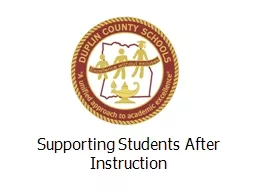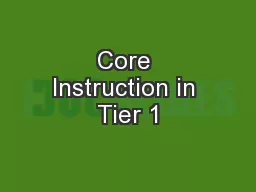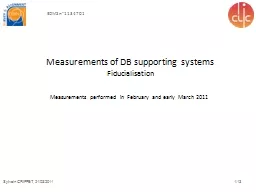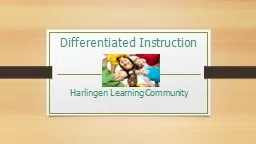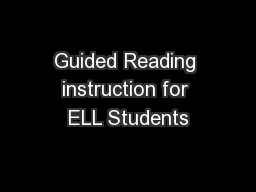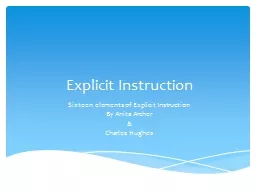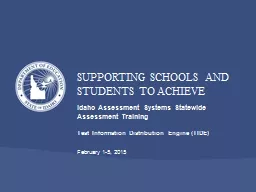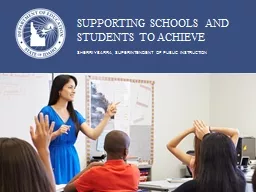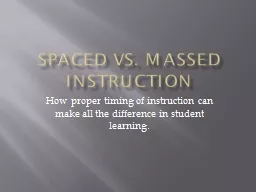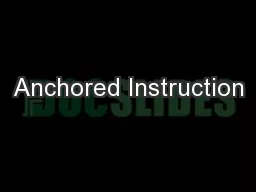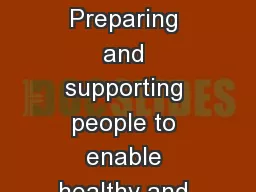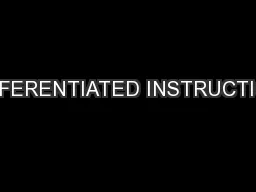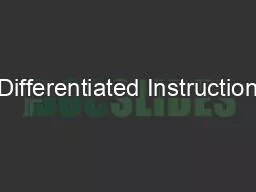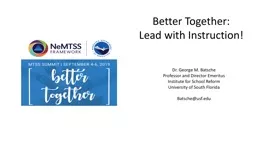PPT-Supporting Students After Instruction
Author : faustina-dinatale | Published Date : 2018-09-21
Why do students continue to struggle Work in groups of four to develop and categorize a list of possible reasons for the following Even after you have supported
Presentation Embed Code
Download Presentation
Download Presentation The PPT/PDF document "Supporting Students After Instruction" is the property of its rightful owner. Permission is granted to download and print the materials on this website for personal, non-commercial use only, and to display it on your personal computer provided you do not modify the materials and that you retain all copyright notices contained in the materials. By downloading content from our website, you accept the terms of this agreement.
Supporting Students After Instruction: Transcript
Download Rules Of Document
"Supporting Students After Instruction"The content belongs to its owner. You may download and print it for personal use, without modification, and keep all copyright notices. By downloading, you agree to these terms.
Related Documents

